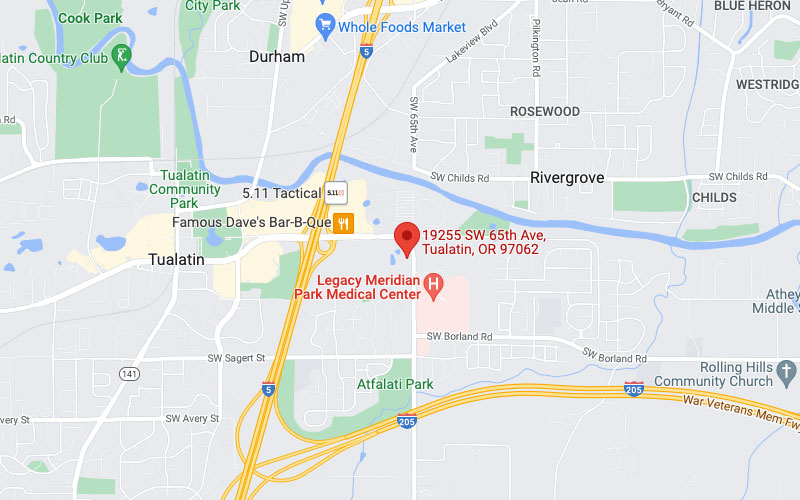Advantages of Two Phase Treatment:
Two-phase orthodontic treatment is a specialized process, which may encompass skeletal and facial changes as well as teeth straightening. Some patients with a jaw size discrepancy may suffer a significant disadvantage by waiting to begin orthodontic treatment until all of the permanent teeth have erupted. By that time, some children’s growth has slowed to a point where it can no longer be utilized to assist in the desired dental and skeletal changes. Consequently, it may be necessary to settle for a compromised result, which may not be the most aesthetically pleasing one possible for the individual.
First Phase Treatment:
Children sometimes exhibit early signs of jaw size problems as they grow and develop. An upper or lower jaw that is growing too much or not enough can be recognized at an early age. If children seven years of age or older are found to have this jaw discrepancy, they are candidates for early orthodontic treatment.
A goal of an early first phase of orthodontic treatment is to develop the jaw size in order to accommodate the permanent teeth with a proper upper and lower jaw relationship.
Because they are growing rapidly, some children can benefit enormously from an early phase of treatment utilizing appliances, which affect the size and the growth relationship of the upper and lower jaws. Thus, a balanced jaw alignment may be achieved and a good foundation established for providing adequate space for eruption of the permanent teeth. Leaving such a condition untreated until all permanent teeth erupt might result in a jaw discrepancy too severe to achieve an ideal result with braces alone.
Diagnostic records are necessary to determine the type of orthodontic appliances to be used, the duration of treatment (usually twelve to eighteen months), and the frequency of visits. Records consist of plaster models of the teeth, x-rays of the teeth and jaws, and photographs.
Resting Period:
Following the first phase of treatment there is a resting period during which no active orthodontic treatment is performed. During this time the remaining permanent teeth are allowed to erupt. Selective removal of certain primary (baby) teeth may be in the best interest of enhancing eruption. Therefore, periodic recall appointments for observation are necessary, usually on the four to six month basis.
Retaining devices may also be recommended. These may be adjusted occasionally to allow the existing permanent teeth some freedom of movement while final eruption of teeth occurs. It should be noted that at the end of the first phase treatment there would always be permanent teeth that have not yet erupted.
Second Phase Treatment:
Once the remaining permanent teeth have erupted a second phase of treatment will usually be needed in order to place these teeth in their final ideal positions. The decision whether or not to begin a second phase is made after the health of the bite and the appearance of the teeth are evaluated and thoroughly discussed.
If a second phase is in order, new records are required because of changes in dental development and growth since the first phase of treatment. Most often, bringing the permanent teeth into proper alignment requires braces on all the teeth for an average of twelve to twenty-four months. Retainers are worn after the braces are removed.






